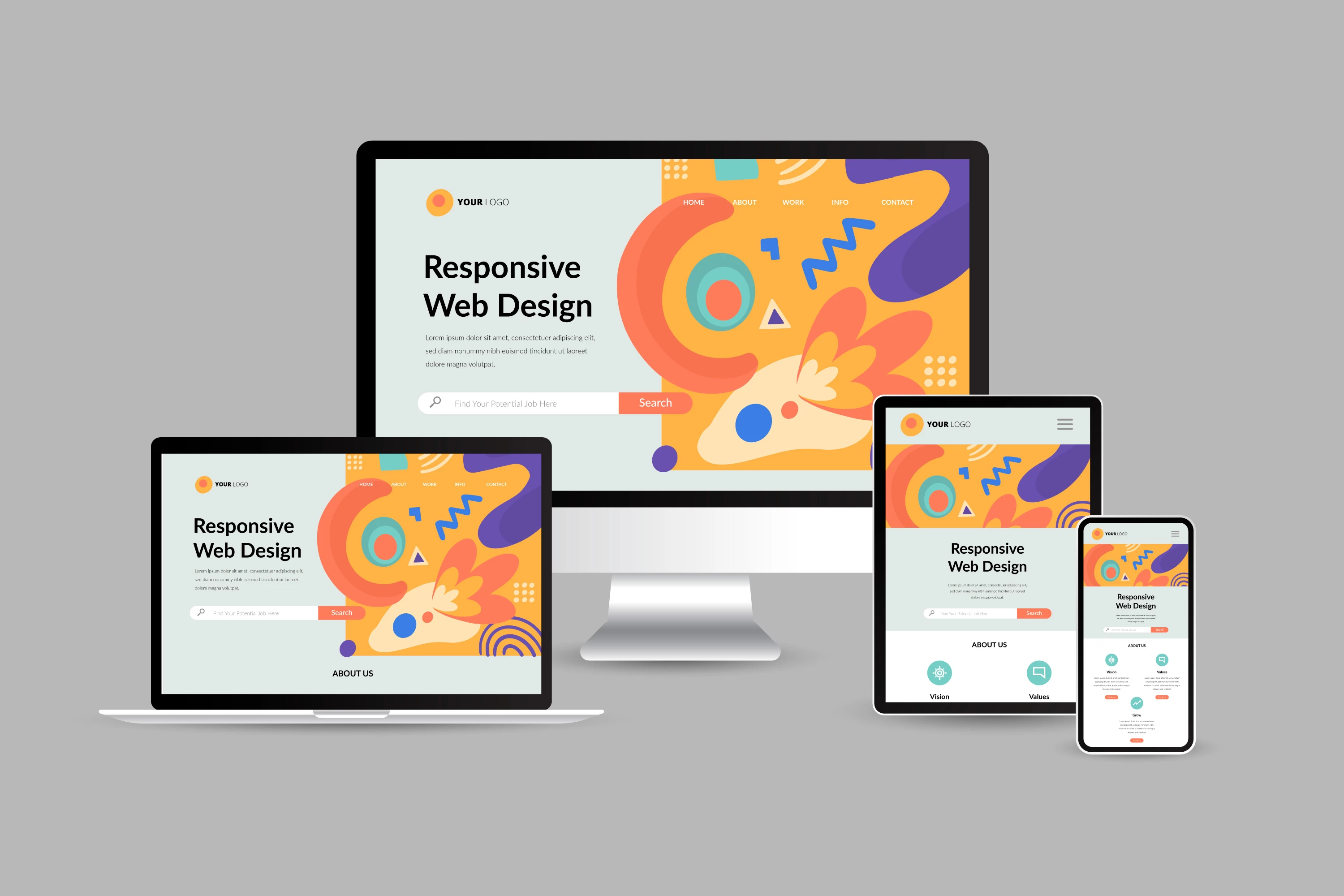Increase Client Involvement With a Attractive and smooth Site Design
In today's digital landscape, the significance of a seamless and visually enticing web site can not be overstated, as it functions as the very first point of contact for possible clients. A reliable design not only stands out however additionally promotes engagement through user-friendly navigating and a cohesive visual. By focusing on individual experience together with brand name representation, services can cultivate an atmosphere that encourages deeper exploration and interaction. The concern stays: what specific design aspects really affect client interaction, and how can they be successfully gauged to guarantee long-term success?

Significance of Website Layout
In today's electronic landscape, a well-designed web site can significantly affect customer interaction and retention. The layout of a website works as the initial point of interaction between a service and its possible consumers. A aesthetically appealing and easy to use interface not only draws in visitors but likewise urges them to check out better, thus enhancing the possibility of conversion.
Efficient site design exceeds appearances; it includes functionality, navigation ease, and responsiveness across numerous devices. A seamless customer experience is crucial, as it directly affects how consumers regard the brand. If users encounter a complicated format or slow-loading pages, they are likely to desert the site in favor of competitors.

Crucial Element of Appealing Design
An eye-catching web site layout includes several crucial elements that jointly improve user experience and involvement. Primarily, a tidy and orderly design allows customers to browse easily, making sure that they can discover the information they need without aggravation. This is matched by a consistent color design that straightens with the brand identification; shades ought to stimulate feelings and create a feeling of harmony throughout the site.
Typography also plays an essential role in attractive layout. Selecting readable typefaces and preserving a clear hierarchy enhances readability and guides individuals via the content. Furthermore, the critical use of visuals-- such as premium photos, graphics, and video clips-- can capture interest and share messages better than message alone.
An additional crucial aspect is receptive style, which guarantees that the website functions well throughout numerous devices and screen sizes. Integrating interactive components, such as switches and hover effects, can increase involvement by urging individuals to take action.
Enhancing Customer Experience
Customer experience is a critical component of site design that straight affects visitor satisfaction and involvement. An efficient individual experience is characterized by instinctive navigation, quick packing times, and an aesthetically attractive user interface that guides users flawlessly with the site. By focusing on these elements, organizations can make sure that visitors continue to be engaged and are more probable to exchange clients.
To boost individual experience, it is vital to enhance the navigating structure. Clear food selection options and a rational design help customers discover details swiftly, reducing frustration and encouraging expedition. Furthermore, maximizing website rate is essential; a hold-up of just a few secs can lead to substantial bounce prices.
One more important variable is making use of compelling visuals and regular branding. Top quality pictures, video clips, and graphics can capture interest, while a natural color scheme and typography add to a specialist look. Incorporating responses mechanisms, such as chatbots or surveys, allows organizations to collect understandings on customer choices and discomfort factors, enabling continual improvement.
Mobile Responsiveness and Involvement

Including mobile responsiveness right into internet site style is critical anchor as mobile users frequently look for fast details and immediate access. Websites that load slowly or need extreme scrolling can irritate customers, creating them to desert the website in support of rivals. Focusing on rate and intuitive navigation is crucial for retaining mobile visitors.
Moreover, mobile-friendly design aspects, such as larger touch targets and simplified layouts, add to a more interesting experience. Ensuring that vital functions, such as call types or product listings, are easily obtainable on mobile devices can significantly boost consumer complete satisfaction. Eventually, a responsive website not just cultivates interaction but also constructs depend on and reputation, motivating users to connect and return with the brand name.
Determining Engagement Success
Gauging interaction success includes analyzing a variety of metrics that reflect just how properly an internet site catches and preserves site visitor rate of interest. Key efficiency signs (KPIs) such as bounce price, ordinary session duration, and web pages per session offer insights right into user actions. A high bounce rate might suggest that visitors are not discovering relevant web content, while a longer typical session duration recommends that individuals are involved and checking out the website.
Furthermore, tracking conversion rates-- such as e-newsletter downloads, sign-ups, or purchases-- can disclose how well the web site motivates desired activities. Website Design. Utilizing devices like Google Analytics can facilitate the collection and evaluation of these metrics, permitting companies to make data-driven choices
User comments is one more beneficial aspect of measuring engagement success. Studies and customer evaluations can give qualitative understandings into user experiences, highlighting strengths and locations for improvement. Moreover, A/B screening various layout elements can assist recognize which includes reverberate most with customers.
Eventually, an extensive approach to gauging interaction success not only helps maximize web find site layout but likewise fosters deeper links in between companies and their clients, enhancing general fulfillment and commitment.
Conclusion
In final thought, an effective website layout is paramount for fostering customer engagement. Additionally, making certain fast loading times and mobile responsiveness adds significantly to customer experience.
An attractive web site style integrates several vital components that jointly enhance user experience and interaction.Customer experience is a crucial component of site design that directly affects site visitor contentment and involvement. An effective customer experience is characterized by user-friendly navigating, quickly filling times, and a visually appealing interface that overviews individuals seamlessly through the website.Integrating mobile dig this responsiveness into website layout is important as mobile users frequently look for quick information and immediate accessibility. Inevitably, a responsive web site not only fosters interaction yet also builds count on and reputation, encouraging customers to return and engage with the brand.